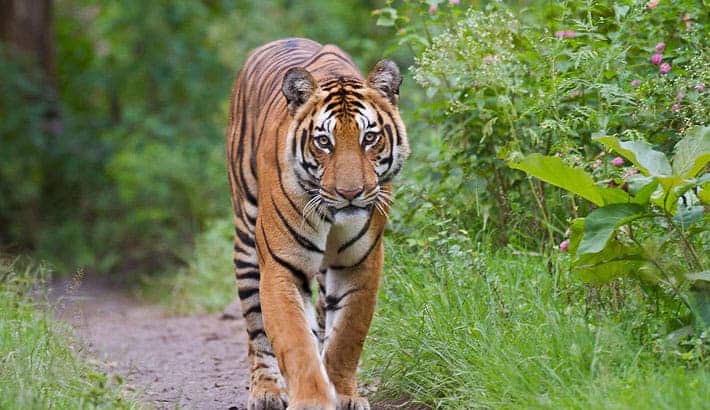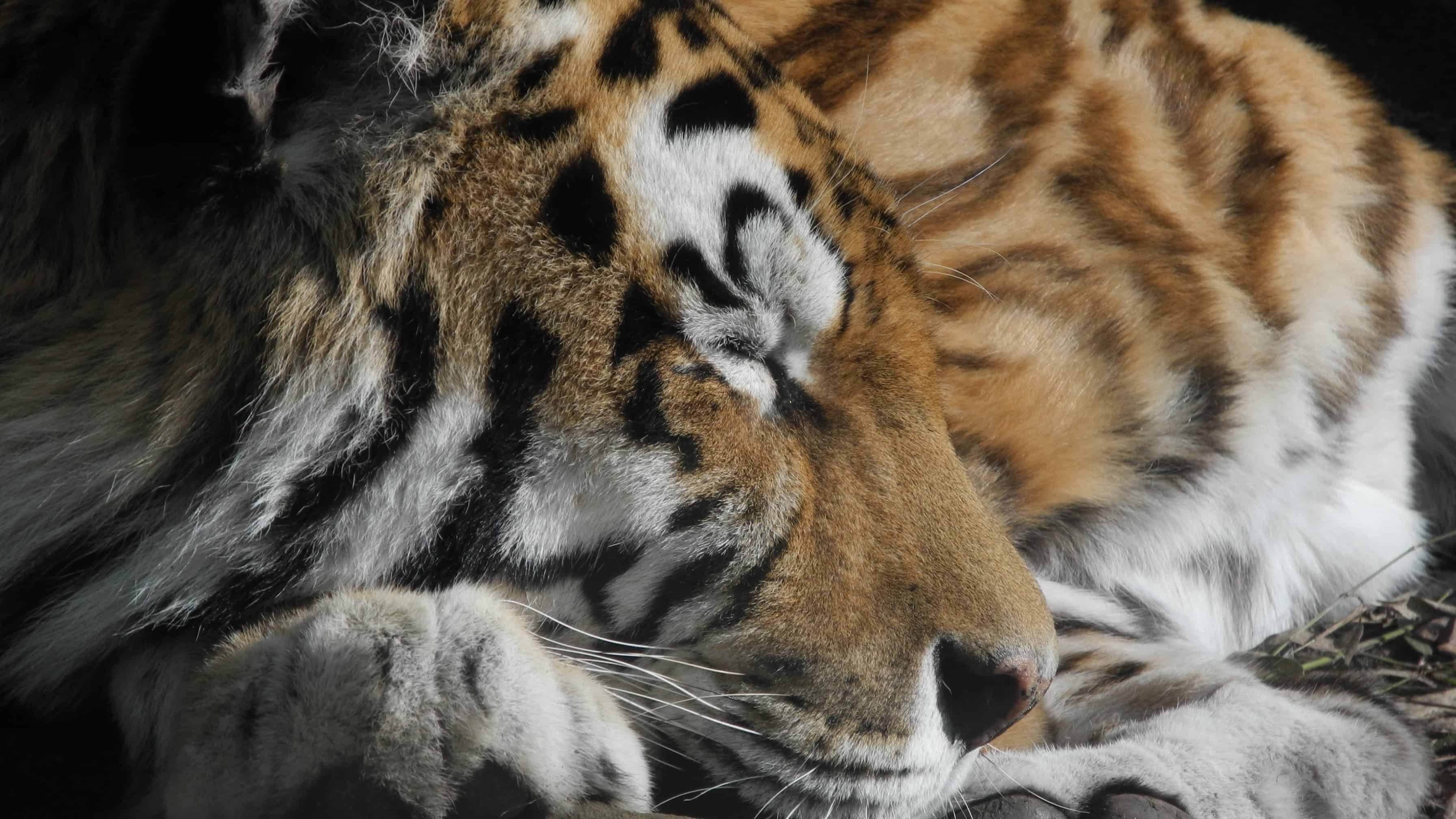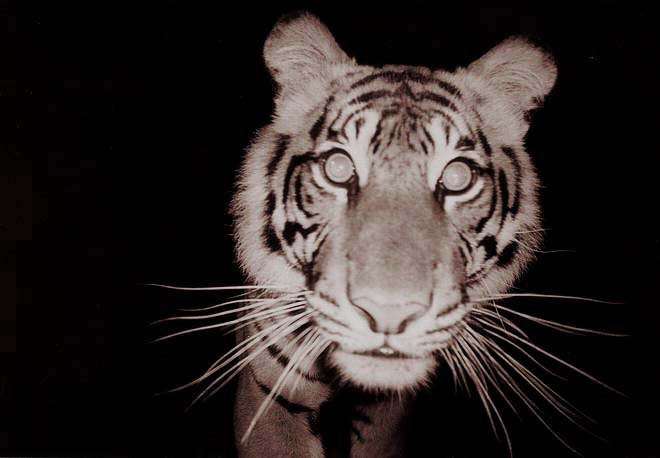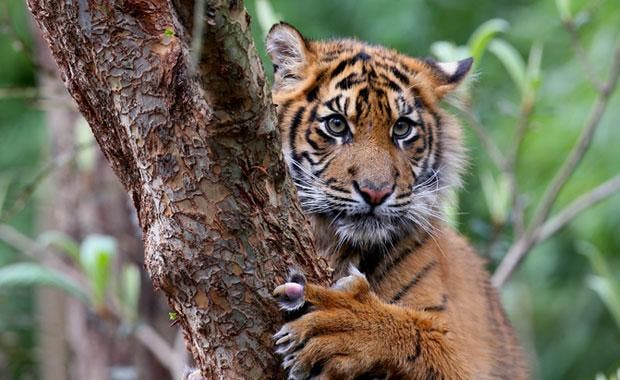Over one in five tigers (Panthera tigris) worldwide have been affected by the expansion of hydroelectric dams around the world, a new study concludes. To a lesser extent, jaguars (Panthera onca) are also displaced by dams, and researchers say the problem can get much worse as more dams are planned near the habitat of jaguars and tigers.

Large-scale dams have become a major driver of habitat loss, fragmentation, and degradation worldwide — and as the world uses more and more electricity, many more dams are under work. There are 3,700 dams currently under development, especially in tropical developing countries with high levels of biodiversity. Although previous research has shown that dams can impact freshwater biodiversity, their impact on land animals has been less studied.
Now, a new study suggests that large predators on land could also be affected.
Biting their habitats
Jaguars have seen population declines of up to 50% in some areas and are currently classified as near threatened. Tigers have disappeared from over 90% of their original range and are now classified as endangered. Both play a critical role in ecosystem functioning and face similar threats, mainly in the form of habitat loss and poaching.
Hydropower expansion has been identified as a driver of habitat loss of jaguars and tigers, but the magnitude of this hasn’t been thoroughly examined until now. In the new study, researchers calculated the area of habitat loss and the number of individuals of both species affected by dams – using previously published data on population distribution. It was a painstaking process of piecing data together but in the end, they were able to draw a comprehensive conclusion.
Luke Gibson, a tropical biologist at the Southern University of Science and Technology in China, and his colleague Ana Filipa Palmeirim, identified a total of 164 dams overlapping the distribution of jaguars and another 421 dams intersecting the range of tigers. Of those, 282 dams intersect areas where tigers are resident, 90.7% of which are in India.
“Although jaguars and tigers are primarily affected by habitat loss and poaching, here we show that hydropower development constitutes an important driver of such habitat loss. This elevates the overall importance of preserving terrestrial habitats required to sustain populations of apex predators,” the researchers write in the study.
Future impacts
While the scenario is already bad for both species, it could get even worse. The researchers found 10 times more dams planned within the jaguar range compared to within the distribution of tigers. Most will be built in the Amazon, the Cerrado forest, and the Andes-Amazon frontier, with 319 dams planned near jaguar habitat in Brazil.

These future projects could derail recent biodiversity commitments, the researchers argue. In 2010, government ministers from 13 countries with wild tiger populations signed the St. Petersburg Declaration on Tiger Conservation through which they committed to implementing actions to double the number of wild tigers by 2022. The declaration, as well as other similar conservation plans, are seriously jeopardized under current dam-building plans.
The researchers called for strategies to mitigate the impacts of dams. These include expanding protected areas and carrying out further environmental impact assessments, with a group of independent experts. National legislation should be adapted so as to incorporate these recommendations and act on them, they argue.
“Planned hydropower projects should minimize the trade-off between biodiversity loss and electricity generation,” the researchers conclude. “Considering the potential of hydropower to meet future energy demands, we recommend a more cautious balance between electricity generation and the conservation of terrestrial habitats.”
The study was published in the journal Communications Biology.






